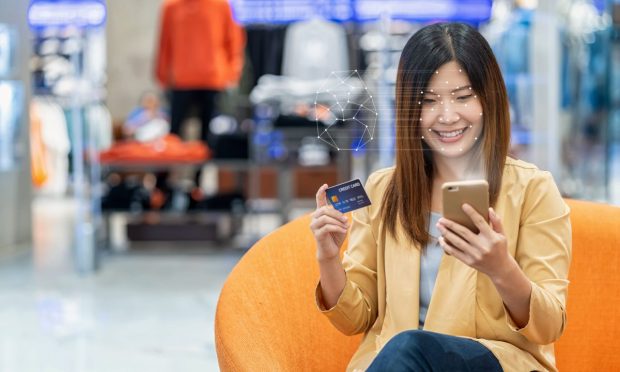JPMorgan to Test Biometric Payments at Some US Retailers

J.P. Morgan says it will begin testing biometric-based payments at some U.S. retailers.
The pilot program, announced Thursday (March 23) includes palm and face identification to approve in-store transactions and comes at a time when consumers are increasingly embracing biometrics for authentication.
“J.P. Morgan Payments’ biometrics pilot offering should allow for fast, secure and simple checkout experiences for its merchants’ customers, delivering a modern payments experience to enhance customer loyalty,” the banking giant said in a news release provided to PYMNTS.
The initial pilots will be carried out at brick-and-mortar stores in the U.S. If successful, a wider rollout would happen next year.
The release notes that the pilot could also extend to the Formula 1 Crypto.com Miami Grand Prix, which aims to be the first Formula 1 race to test biometrics-based payments.
“Formula 1 prides itself on pioneering solutions and state-of-the-art technology and being able to roll out this new biometrics-based payments scheme would enhance the race-day experience for our guests as they will enjoy a new, faster checkout process,” said Ramon M Peneda, vice president and chief information officer for the race.
Recent research by PYMNTS finds that consumers now see biometric tools as the most secure method for transaction authentication, and the preferred authentication tool for more than half of U.S. consumers.
“In what may represent a so-called changing of the guard, 52% of consumers who use biometrics prefer the authentication method over other options, while only 25% of consumers who use passwords feel as positive about passwords,” PYMNTS wrote earlier this year.
PYMNTS also spoke last year with Hamza Al-Ghatam, CEO at FACEKI, who said that while biometrics use is still in the early stages, “there are a lot of [untapped] industries and fields that can benefit from such a technology” beyond the financial world.
Those benefits include a blend of security and convenience and the use of iris recognition and 3D scanning to ensure systems are not misled by photographs.
“Ultimately, as the biometrics infrastructure is laid down, mobile devices are likely to become less essential for authentication, just as physical cards and documents no longer hold the critical role they once did,” PYMNTS wrote in December.
“Imagine a world where anyone can turn up at an airport, buy a ticket, pass through security and board a flight without even a smartphone or passport on them. That technology exists to make this futuristic vision a reality, and payments are leading the charge.”

